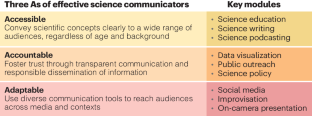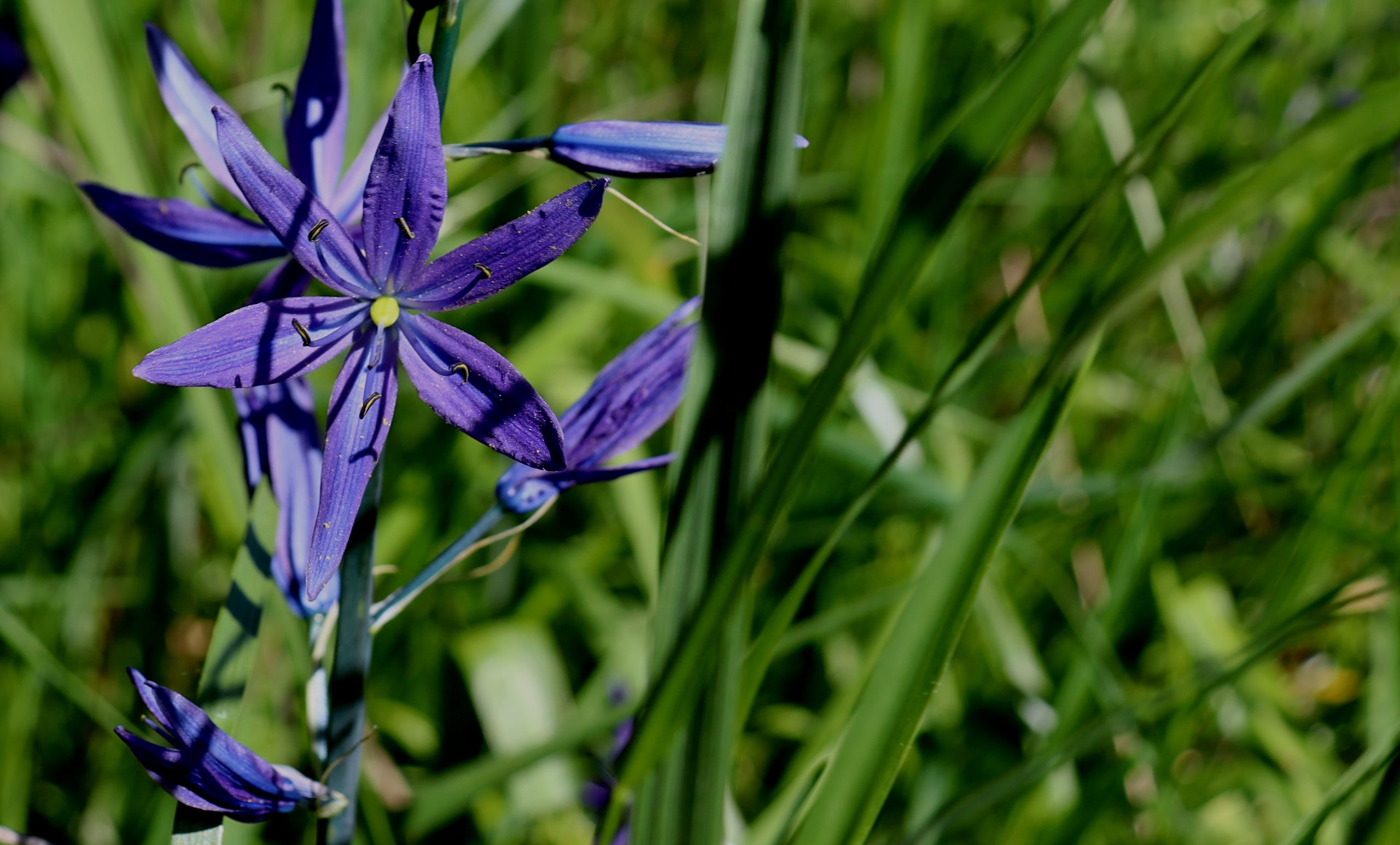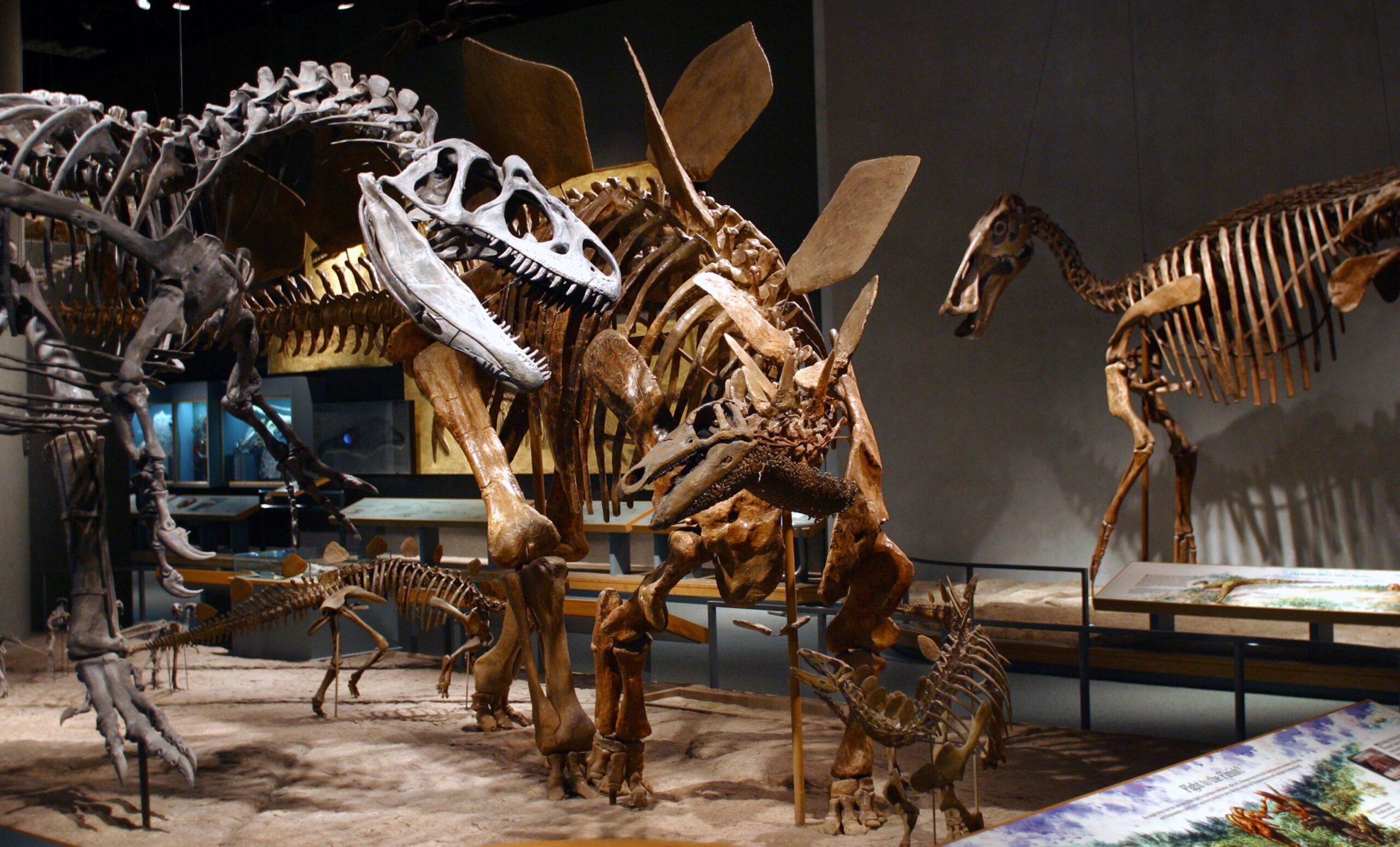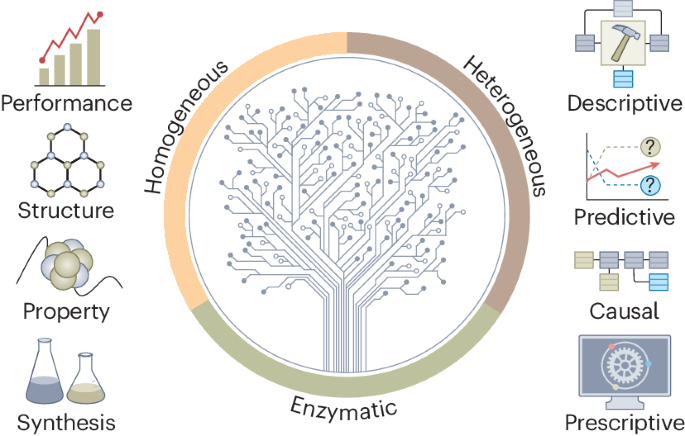-
New EU nature law will fail without farmers, scientists warn

The EU’s nature restoration law will only work if it is enacted in partnership with farmers, a group of leading scientists has said, after months of protests have pushed the proposals to the brink of collapse. In an open letter, leading biodiversity researchers from across the world said that efforts to restore nature are vital…
-
A guide to science communication training for doctoral students

Effective science communication is necessary for engaging the public in scientific discourse and ensuring equitable access to knowledge. Training doctoral students in science communication will instill principles of accessibility, accountability, and adaptability in the next generation of scientific leaders, who are poised to expand science’s reach, generate public support for research funding, and counter misinformation.…
-
Harnessing Science-Policy Collaboration: The Vital Role of IPBES Stakeholders in Achieving Global Nature Targets
Anne Larigauderie Opinion by Anne Larigauderie (bonn, germany) Friday, April 26, 2024 Inter Press Service BONN, Germany, Apr 26 (IPS) – In December 2022, the fifteenth meeting of the Conference of the Parties to the Convention on Biological Diversity (CBD) saw governments worldwide unite behind a set of ambitious targets aimed at addressing biodiversity loss and…
-
Harnessing quantum information to advance computing

We highlight the vibrant discussions on quantum computing and quantum algorithms that took place at the 2024 American Physical Society March Meeting and invite submissions that notably drive the field of quantum information science forward. The American Physical Society (APS) March Meeting is arguably one of the largest annual physics conferences of the world, and…
-
Scientists Just Discovered The First-Ever Fractal Molecule In Nature
Fractals – those self-similar shapes which can be endlessly zoomed in on without losing detail – are weirdly ubiquitous in nature. You’ve got snowflakes, famously; cauliflowers and coastlines; even rabbits, with a bit of work, can be shown to conform to fractal patterns. Of course, none of these examples can truly be said to be…
-
Corvallis Science & Nature: Spring Birds and Camas Blooms Arrive

The air around Corvallis is filling up with new songs and new flashes of bright color, as new species of birds are arriving in our area almost every day. We’ve seen a trickle of birds over the past month, but this week, it turned into a flood. In Benton County, birders reported ten new species…
-
Barrett Honors College to host nature walks for science, relaxation
Barrett, The Honors College at Arizona State University is gearing up to participate in the City Nature Challenge (CNC) for the fourth consecutive year. This annual event, taking place April 26–29, is one of the largest citizen science initiatives in the world. Data and observations collected during CNC are valuable resources for the scientific community, including…
-
Harnessing our lived experience for science communication
Adrian Liston, professor of pathology at the University of Cambridge, UK, has published several illustrated children’s books on the topic of vaccination and has developed a computer game called ‘VirusFighter’. Here, he shares his thoughts on how to become an effective science communicator. This is a preview of subscription content, access via your institution Access…
-
Admission to the Denver Museum of Nature & Science is FREE this weekend

Speaking as a dad/husband in a family of five, doing anything as a family is crazy expensive these days, so anytime I can find a deal like the one happening this weekend, I jump on it! The Denver Museum of Nature & Science and the Mexican Cultural Center are celebrating Día del Niño (the Day…
-
Embracing data science in catalysis research

Abstract Accelerating catalyst discovery and development is of paramount importance in addressing the global energy, sustainability and healthcare demands. The past decade has witnessed significant momentum in harnessing data science concepts in catalysis research to aid the aforementioned cause. Here we comprehensively review how catalysis practitioners have leveraged data-driven strategies to solve complex challenges across…